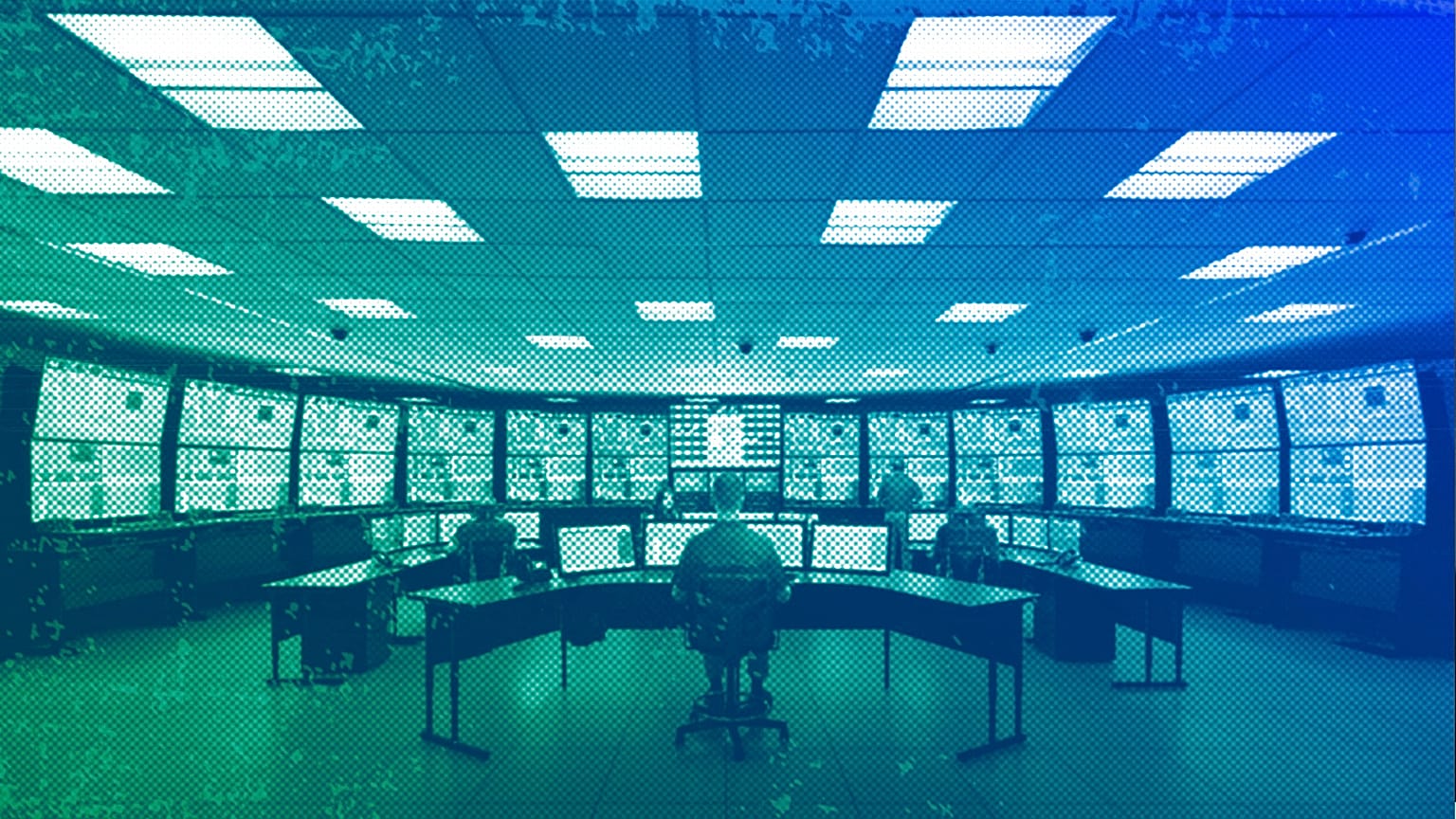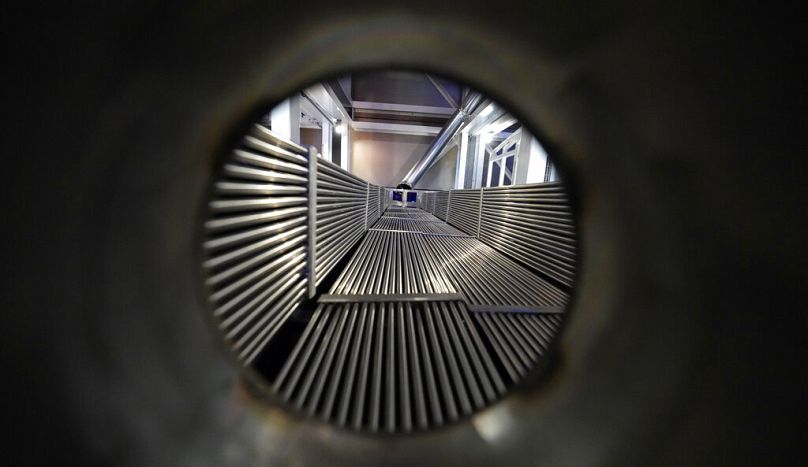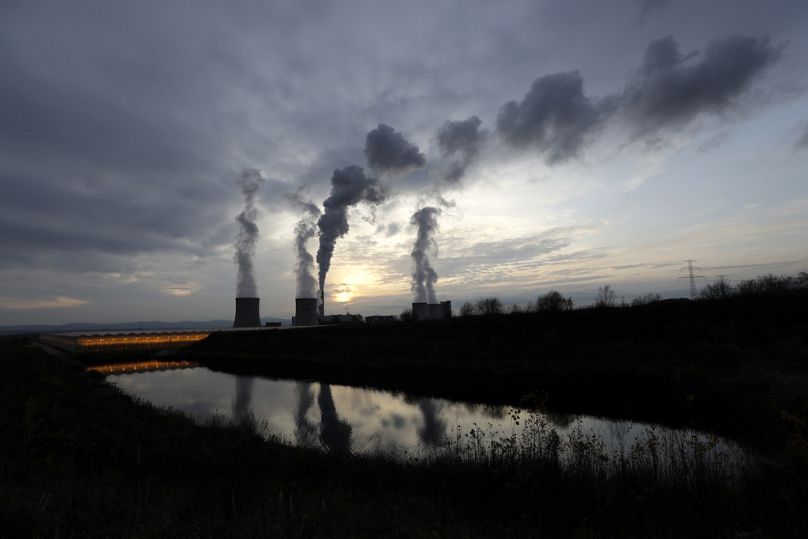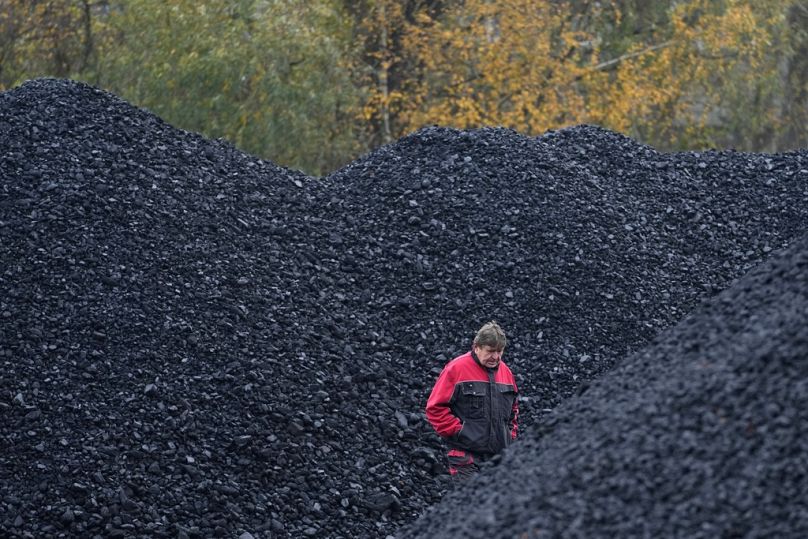Small modular nuclear reactors and their many potential applications have come to reflect the vital role that innovation and technology can have at the nexus of energy security and decarbonisation, Nathan Alan-Lee writes.
Less than two years after the crisis in Ukraine caused massive disruption to the global energy system, Europe continues to feel the fallout of the subsequent energy crisis and is scrambling to replace a historic dependence on Russian fossil fuels.
Yet, even as the crisis continues to bring instability and insecurity, lasting solutions - which have the potential to not only address immediate challenges but also provide a long-term basis for sustainable energy — are fast emerging.
This year’s Three Seas Initiative (3SI) Summit, held on 6 September in Bucharest, has served as a landmark moment in the development of such vital solutions.
Broadly speaking, 3SI is tasked with further developing and integrating infrastructure within the bloc of countries between the Baltic, Black and Adriatic seas.
Recently, the work of 3SI has been critical in addressing energy security concerns in the region and forging new avenues for collaboration.
What exactly is a small modular reactor?
This year’s summit emphasised the key role which next-generation nuclear power will play in the region’s energy transition, and at the same time, proposed a roadmap for wide-scale access and adoption.
One technology which was particularly celebrated was the small modular reactor (SMR), a forward-looking innovation which has been drawing attention as an option in reducing carbon emissions and powering the energy transition.
What makes an SMR different from other reactors?
Unlike traditional nuclear reactors, SMRs are able to be deployed more dynamically, with less cost and time investment. As their name “SMR” would suggest, they are much smaller than traditional reactors and can be more flexible in deployment.
These reactors are also “modular,” with components being factory assembled and ready for installation on site.
Overall, the function of SMRs in the power grid differs from that of traditional reactors, as they produce far less than standard nuclear reactors. However, this only creates new use cases for nuclear energy and offers new routes for achieving energy security.
Reducing carbon dependence a big plus
The technology’s sweeping potential was a point of focus during the Three Seas Summit, especially as it relates to coal-to-SMR conversion. The US-led Project Phoenix, which looks to facilitate this conversion, announced that Poland, the Czech Republic and Slovakia “will receive support for coal-to-SMR feasibility studies.”
This will aid domestic SMR initiatives, providing valuable guidance and support to master SMR technology. This program will be a good way to kickstart and boost the adoption of nuclear energy with the goal of sustainability and reduced carbon dependence.
On the global stage, SMRs and by extension nuclear, are also becoming intriguing for complementing other zero-carbon energy sources.
One use case which has been garnering attention in the past year is the electrolytic and potentially thermochemical production of “green” hydrogen.
The electrical and thermal outputs of nuclear power can substitute emitting fuels in this production process, and SMR companies like the UK’s Rolls-Royce and NuScale in the US are already considering ways to integrate their reactors in electrolytic Hydrogen production.
In a similar way nuclear heat emissions are being explored as a means of producing ammonia which acts as a transport medium of hydrogen.
Nuclear energy’s capacity to integrate with other zero-carbon energy systems is gaining wide traction.
At the upcoming ADIPEC conference, one of the most influential in global energy strategy, nuclear integration will be highlighted alongside the growing role of Hydrogen and Ammonia.
The promise does come with challenges
Despite the promise of SMRs, there are key challenges to successful deployment in the 3SI bloc countries, most of which relate to the cost and the ultimate return on investment calculation.
The estimated price of electricity produced by the NuScale SMR, for example, increased this year to $89/MWh (€83.5), up from $58/MWh (€54.5); this reflects price inflation in the cost of producing reactor components.
This price variability, and the fact that SMRs have yet to be proven in operation, have raised concerns about their overall viability.
In response to this, 3SI countries have looked to foreign investment.
Earlier this year, the US Export-Import Bank and US International Development Finance Corporation, issued “letters of interest” to invest up to $4 billion (€3.75bn) in Poland’s SMR development projects. Similar letters have also been offered for Romanian SMR development.
This funding would be a massive boost for SMR and nuclear development in the region, while at the same time strengthening transatlantic ties and cooperation.
Crucial years ahead
The run-up to 2030 will be a crucial period, for both the decarbonisation effort and also for nuclear energy as the first SMRs look to begin operations in Europe.
The 3SI countries are positioned to be a lynchpin in this process, operating at the cutting edge of nuclear development, while looking to guarantee the region’s energy security for years to come.
SMRs and their many potential applications have come to reflect the vital role that innovation and technology can have at the nexus of energy security and decarbonisation.
Nathan Alan-Lee is a doctoral researcher at the UCL School of Slavonic and East European Studies and a senior analyst at London Politica covering Poland and Central and Eastern Europe.
At Euronews, we believe all views matter. Contact us at view@euronews.com to send pitches or submissions and be part of the conversation.


















